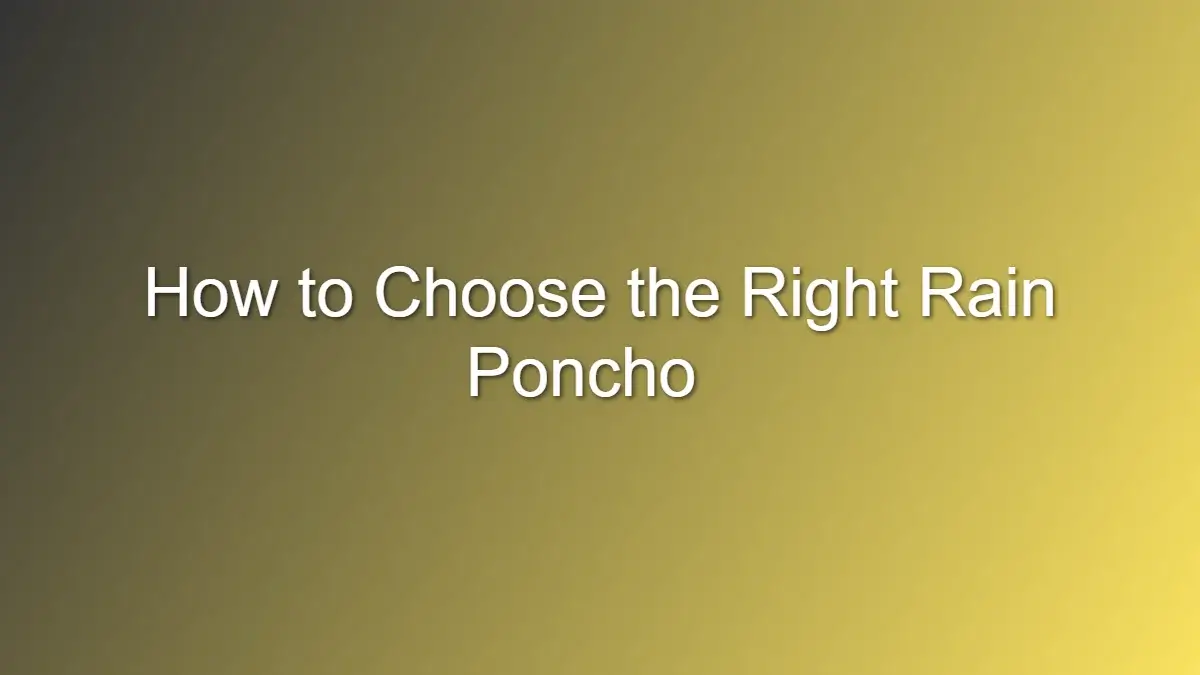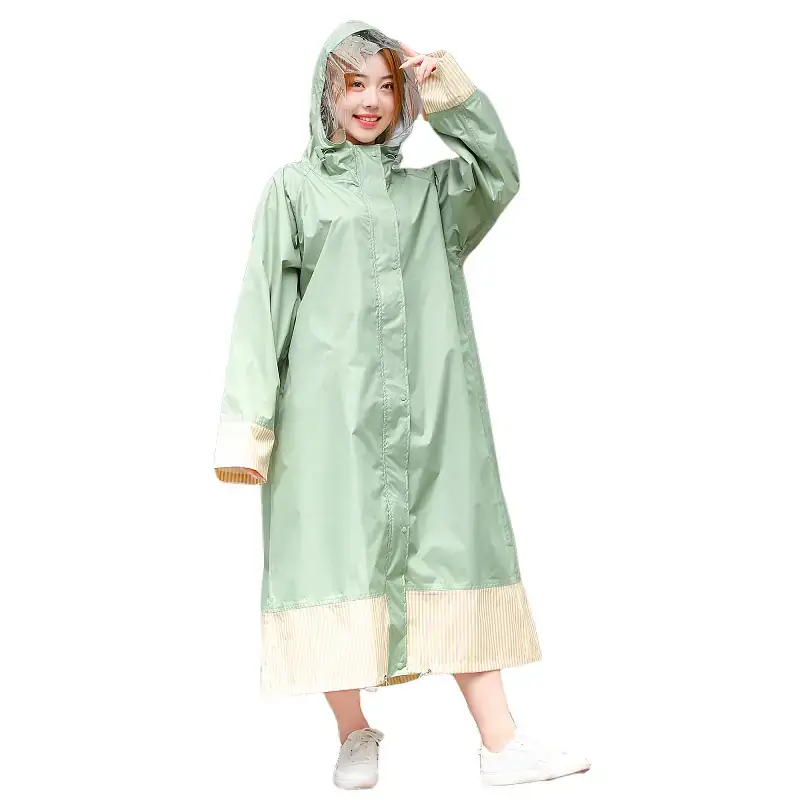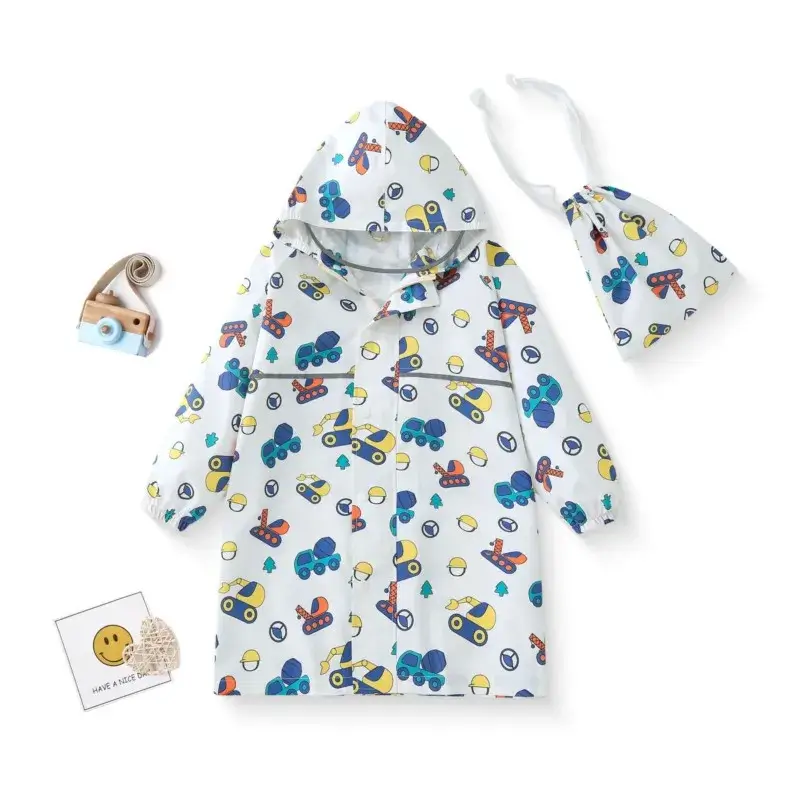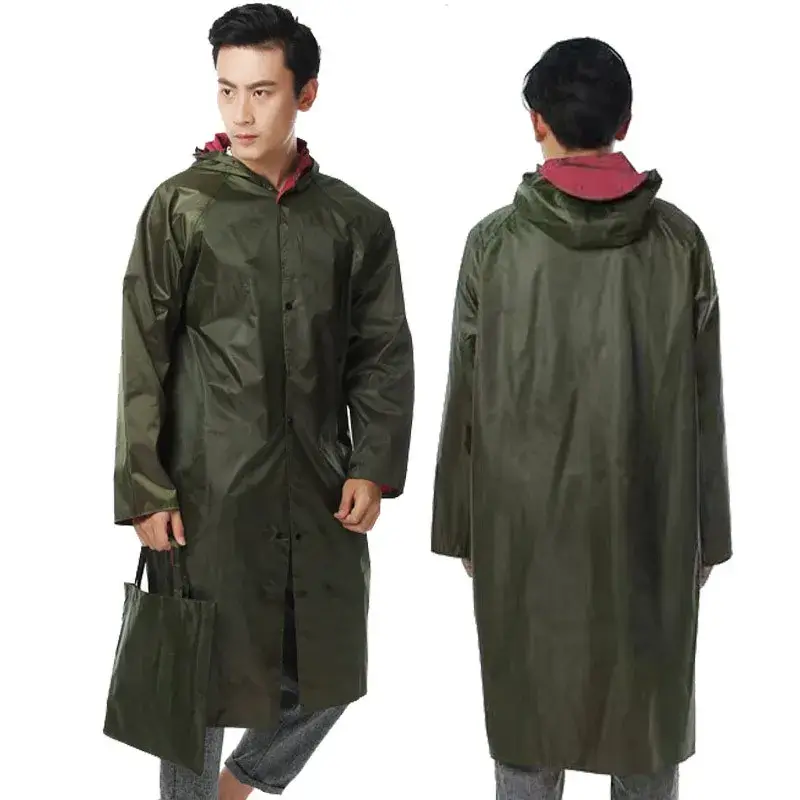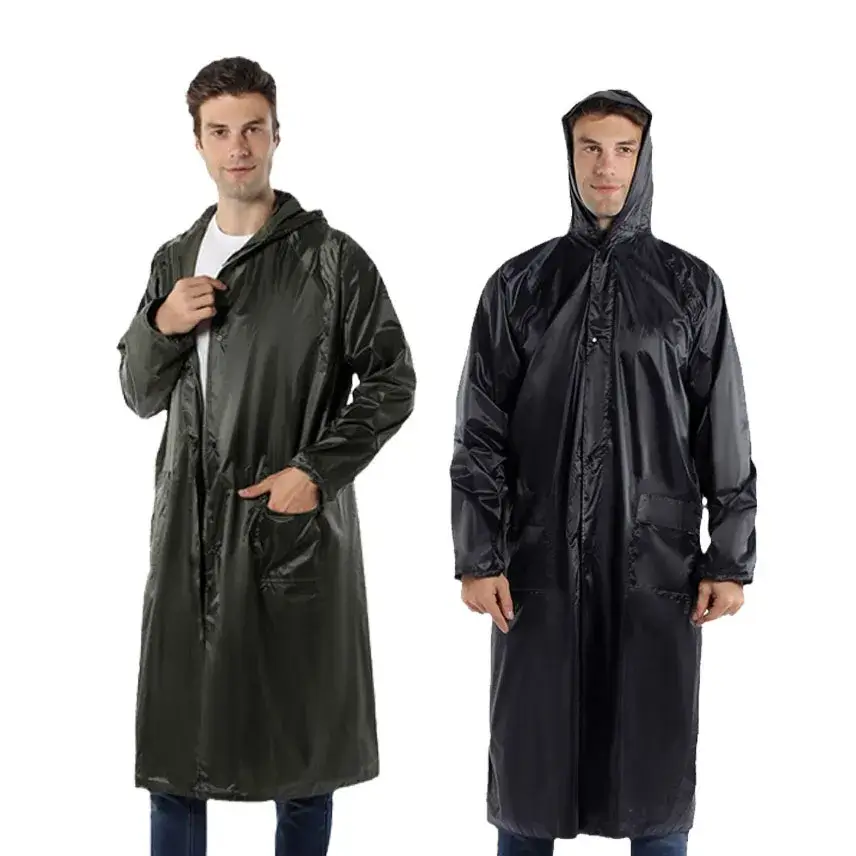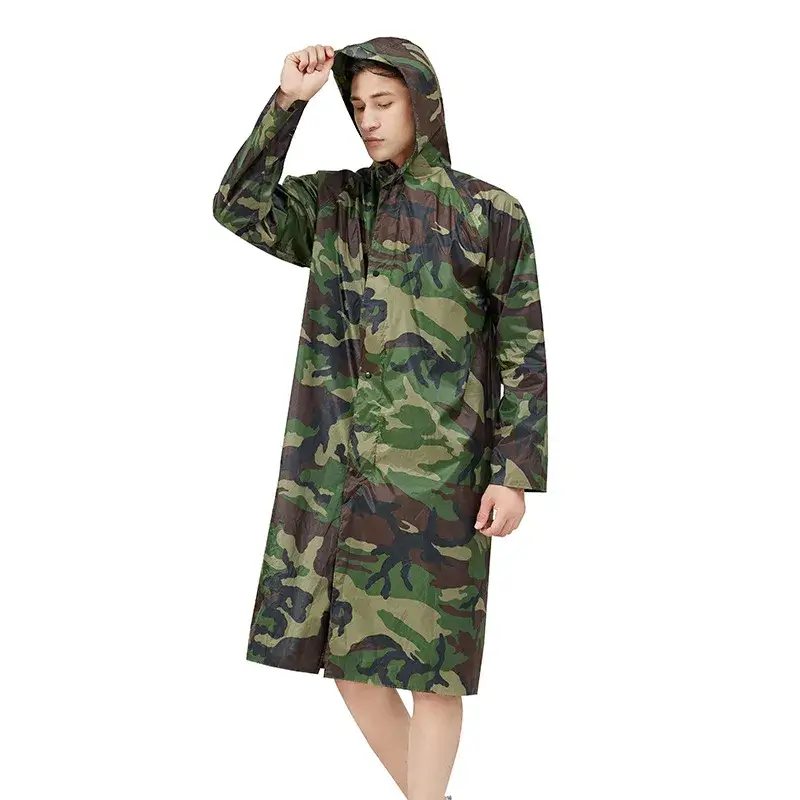When it comes to selecting the right rain poncho or raincoat, many consumers believe that the thicker the material, the better the quality. However, this is a common misconception. The thickness of a rain poncho actually depends on two main factors, and understanding these factors can help you make a better choice.
Today, we would like to share some useful tips on how to choose a high-quality rain poncho. Let’s break it down:
1. Fabric Thickness: 18 to 25 Microns
The first factor influencing the thickness of a rain poncho is the fabric itself. Typically, the thickness of the fabric for rain ponchos ranges from 18 to 25 microns. While this difference is not always visible to the naked eye, it plays an important role in the durability and performance of the rain gear. When it comes to fabric thickness, it’s not just about the number—it’s about the overall material quality. Thicker fabric doesn’t necessarily mean better protection or durability.
2. Waterproof Coating Thickness
The second important factor is the thickness of the waterproof coating applied to the inner side of the fabric. This is the part of the rain poncho that provides the waterproof barrier and prevents moisture from penetrating through. While it is easy to sense whether the coating is thick or thin, it’s important to understand that a thicker waterproof layer doesn’t always equal better performance.
Some high-quality manufacturers produce rain ponchos with a coating that may seem thicker or denser than usual, but this is often because of the quality of the waterproof material used. The best waterproof coatings are typically thin, breathable, and moisture-permeable, which helps regulate comfort during wear. These breathable coatings allow sweat and moisture to escape, keeping the wearer dry and comfortable.
On the other hand, cheap or substandard rain ponchos may use an artificially thickened coating by mixing in materials such as gypsum powder or other additives. These materials can give the raincoat a thicker feel but compromise its breathability, making it uncomfortable to wear. In the long run, such rain ponchos tend to wear out faster and become prone to cracking and fading due to the poor quality of the coating.
Checking for Quality
So, how can you verify the quality of a rain poncho? Here’s a simple test:
- Fold the Rain Poncho: Gently fold the rain poncho and observe the creases or fold marks. If the creases are very deep and noticeable, this could be a sign of a lower-quality material that’s prone to wear and tear. High-quality rain ponchos made with better fabrics and coatings will retain their structure and feel flexible when folded.
Conclusion: What Makes a Good Rain Poncho?
When choosing a rain poncho, remember that thickness isn’t the key indicator of quality. Instead, focus on the following:
- Fabric quality and thickness: A good poncho will have a fabric that feels durable but isn’t overly heavy or rigid.
- Waterproof coating: A thin, breathable, and high-quality waterproof layer is essential for comfort and effectiveness.
- Examine the folds: A good rain poncho will not have deep creases when folded and will maintain flexibility.
By considering these factors, you can select a rain poncho that not only offers effective waterproof protection but also provides comfort and long-lasting durability.

